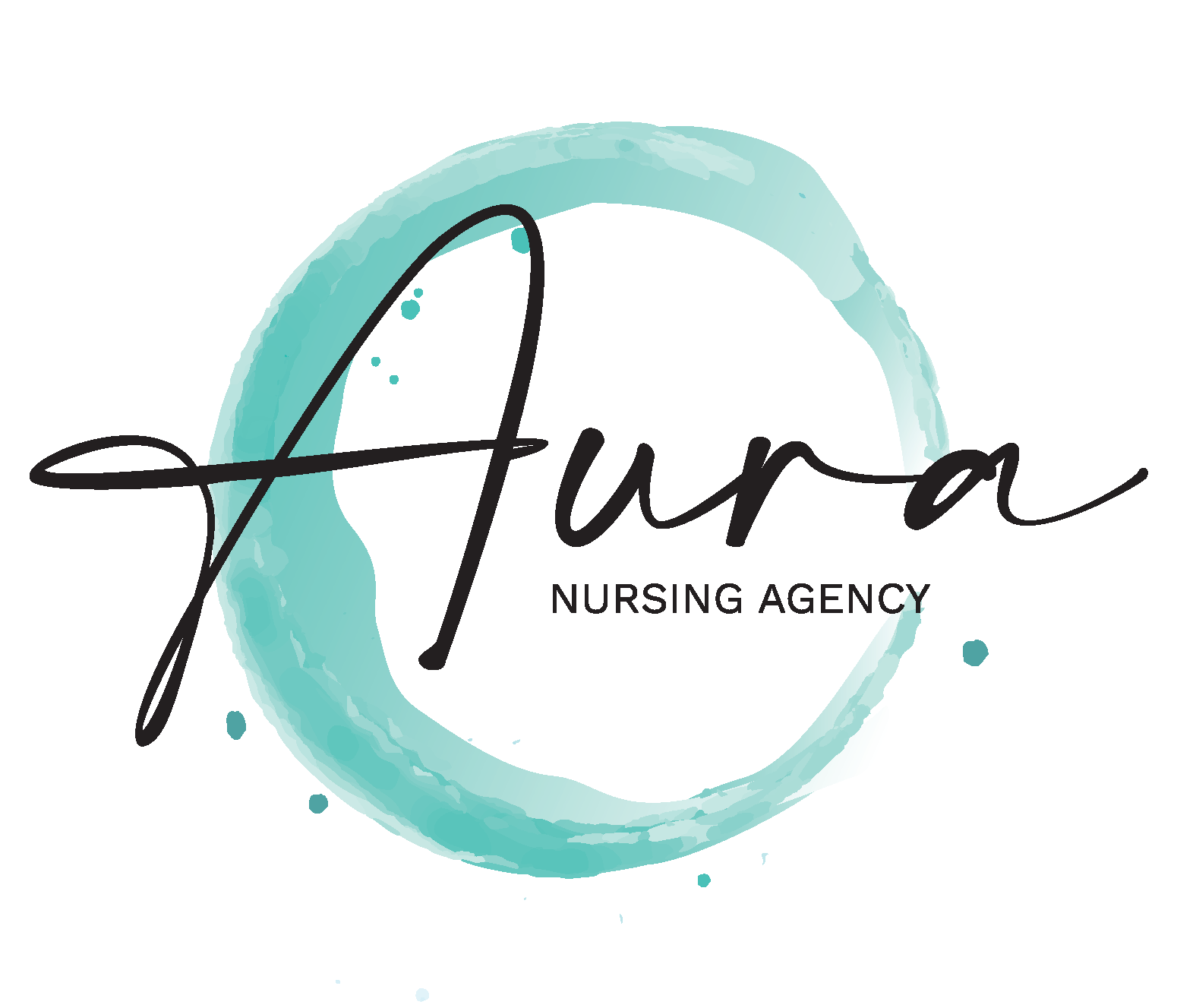
LGBTQ+
The Lesbian, Gay, Bisexual, Transgender, Queer, Questioning Plus (LGBTQ+*) community represents a diverse range of identities and expressions of gender and sexual orientation. In addition to these identities, members of the community are diverse in terms of race, religion, ethnicity, nationality and socioeconomic class. This intersectionality — the combined and overlapping aspects of a person's identity — brings diversity of thought, perspective, understanding and experience. This complexity is important to understand as a unique and valuable aspect of the LGBTQ+ community that can result in a strong sense of pride and resiliency.
While belonging to the LGBTQ+ community can be a source of strength, it also brings unique challenges. For those who identify as LGBTQ+, it’s important to recognize how your experience of sexual orientation and gender identity relates to your mental health.
For many LGBTQ+ people, socioeconomic and cultural conditions negatively impact mental health conditions. Many in the LGBTQ+ community face discrimination, prejudice, denial of civil and human rights, harassment and family rejection, which can lead to new or worsened symptoms, particularly for those with intersecting racial or socioeconomic identities.
Coming Out
Positive changes in societal acceptance of LGBTQ+ people act as a protective factor for mental health. However, this shift in acceptance has meant that many LGBTQ+ youth “come out” or share their sexual orientation or gender identity at younger developmental ages, which can impact their social experiences and relationships. This can have negative mental health impacts, particularly for youth who are not in supportive environments.
Rejection
For many in the LGBTQ+ community, coming out can be a difficult or even traumatic experience. It can be difficult to cope with rejection of something as personal as one’s identity from family or close friends, within the workplace, or in a faith community.
Trauma
Homophobia, biphobia, transphobia, bullying and feeling identity-based shame is often traumatic for people.
Substance Use
Substance misuse or overuse, which may be used as a coping mechanism or method of self-medication, is a significant concern for members of this community.
Homelessness
It is estimated that LGBTQI youth and young adults have a 120% higher risk of experiencing homelessness — often the result of family rejection or discrimination based on gender identity or sexual orientation. This risk is especially high among Black and Native American/Alaska Native LGBTQ+ youth. Many members of the LGBTQ+ community face the added challenge of finding homeless shelters that will accept them, and experience elevated rates of harassment and abuse in these spaces.
Suicide
Many people in this community struggle in silence — and face worse health outcomes as a result.
- The LGBTQ+ population is at a higher risk than the heterosexual, cisgender population for suicidal thoughts and suicide attempts.
- High school students who identify as lesbian, gay or bisexual are more than four times as likely to have attempted suicide compared to their heterosexual peers.
- 40% of transgender adults have attempted suicide in their lifetime, compared to less than 5% of the general U.S. population.
Inadequate Mental Health Care
The approach to sexual orientation and gender identity in mental health care often groups together anyone in the LGBTQ+ community, when these communities are considered at all. This method can be problematic as each sub-community faces unique challenges, rates of mental illness and experiences.
The LGBTQ+ community encompasses a wide range of individuals with separate and overlapping challenges regarding their mental health. Other identity factors including race and economic status can affect the quality of care they receive or their ability to access care.
Additionally, members of this community may face harassment or a lack of cultural competency from potential providers. These experiences can lead to a fear of disclosing sexual orientation and/or gender identity due to potential discrimination or provider bias.
Confronting these barriers and mental health symptoms with an LGBTQI-inclusive mental health provider can lead to better outcomes, and ultimately recovery.
How To Find The Right Mental Health Professional
There are important considerations when seeking LGBTQI-competent care. Here are a few steps to find a professional.
Step 1: Think About What You’re Looking For
While considering the type of mental health professional you are looking for, it is important to consider the following:
- If you want a provider who shares specific parts of their identity with you, you may be able to find out if your provider is LGBTQ+ by reading their profiles or websites.
- It may be easier to find a provider that has a baseline competency in LGBTQ+ issues, rather than one who specializes in LGBTQ+ care. If your mental health conditions are not rooted in sexual orientation and/or gender identity, it may not be necessary for the provider to be specialized in LGBTQ+ issues.
- If you are transgender and are seeking a mental health professional to write a letter of support for gender affirming medical care or for legal documentation change, you should seek a provider who understands the insurance or legal requirements of support letters.
Step 2: Gather Referrals
Many websites that provide mental health professional directory searches, including insurance company websites, have filters that allow you to show only mental health providers who have a specialty or competency in working with LGBTQI patients. Many insurance companies also have information numbers, and they can help find you providers that are in your area, accept your insurance and list LGBTQ+ competency in their profile.
These directories, however, are not the only way to find LGBTQ+ competent providers. Many LGBTQ+ organizations and community groups provide directories that have been vetted by other LGBTQ+ people. You may want to check with:
- Local LGBTQ+ community centers
- Local LGBTQ+ health centers
- LGBTQ+ community groups such as equality groups, health collectives, social organizations, support groups
- Affirming places of worship
Step 3: Make the Call
Some people find it difficult to make an initial call to a mental health provider. Transgender people in particular may feel uncomfortable talking on the phone due to concerns about being misgendered due to their natural voice range. If you find you’re reluctant to call, ask a friend or family member to call for you.
When making the initial call, you may want to ask the provider then if they have previous experience with LGBTQ+ patients or if they are comfortable working with LGBTQ+ patients. You can wait to ask this during the first appointment, but you may save time and energy by asking from the start.
Step 4: Ask Questions:
Providers expect and welcome questions from their patients or clients, since this helps them better understand what is important in their treatment. In your first visit with a mental health provider, be forthright about the fact that you are looking for an LGBTQ+ competent provider. You should not feel like you need to educate providers about the basic concepts of LGBTQ+ identities. To prevent that, consider asking the following questions:
- My identity is ______. What experience do you have working with people with that identity?
- What experience do you have with the LGBTQ+ community?
- Do you have any specific training or certifications that relate to working with LGBTQ+ clients?
Additionally, to avoid selecting a practitioner that uses the discredited and harmful practice of conversion or reparative therapy — aimed at changing a person’s sexual orientation or gender identity — you may also want to ask, “Do you provide conversion therapy or reparative therapy?” and follow up by asking how they feel about that specific practice to make sure you are not selecting a provider that advocates for this type of treatment.
Step 5: Build a Relationship
It may take several calls to find the right provider for you. If the provider does not have the knowledge or experience that you are looking for, you can move on to the next provider and keep searching.
Remember, you are seeking a person that is going to help you improve your mental health. By stating your needs and asking the right questions, you can find someone who can mindfully address your identity throughout the duration of your treatment.
*This list of initials is not an exhaustive list of identities included in this community and related groups. We want to be explicit in our support of all people who identify as community members, whether their identity is commonly acknowledged or not. This includes those who are non-binary, two-spirit, third-gender, asexual and more.
Contact Us




